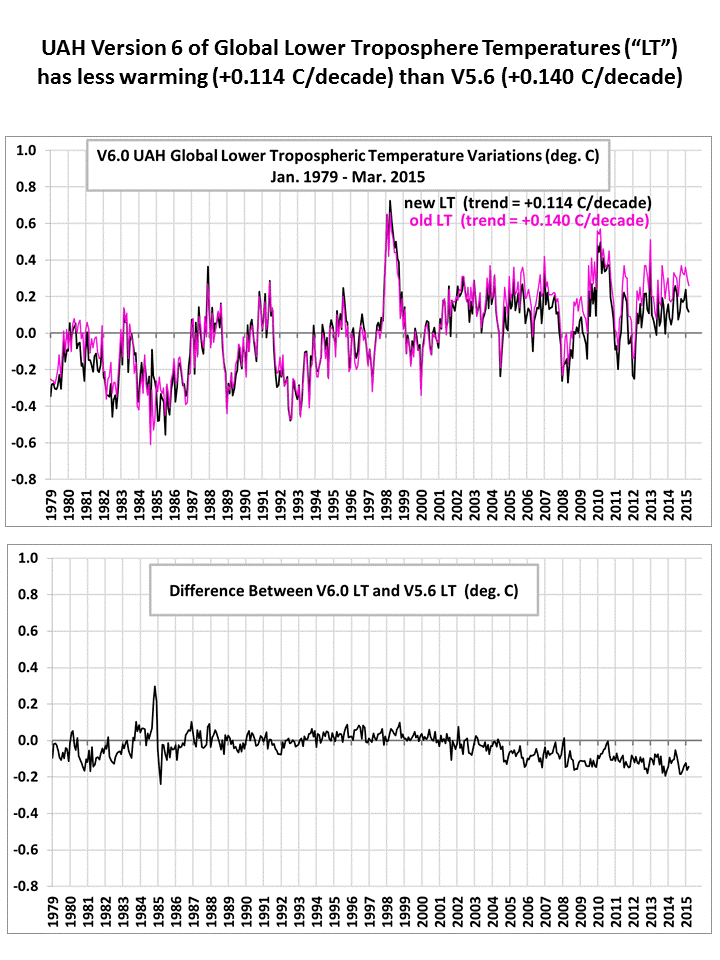And yet deniers have no trouble using the same "proxy" data to claim it was warmer 10,000, or 100,000 or 1,000,000 or more years ago. Funny how when the same proxy data seems to support deniers it is suddenly infallible.Another idiot who doesn't understand how averaging a group of numbers involves division, which can produce any number of decimal places even when dividing whole numbers.Proxies. Yeah right. Those are so accurate they can be calculated down to the hundredth of a degree.
I love how these morons, who can't comprehend the simplest arithmetic, have convinced themselves that they are smarter than any scientist!
When ya got only 78 actual measurements (see Marcott for example) to cover the globe in a proxy temperature study --- MOST of your data is interpolated, homogenized or otherwise modeled. Under those conditions doesn't matter how many places to the right of the division result you preserve. Furthermore since you can't get ice cores in the middle of Africa, you use some OTHER proxy with lesser or greater accuracy. So your 78 global measurements are now a muddle of sea shells, tree rings, and ice cores that aren't REAL thermometers and require a TON of filtering and screwing around with.
Results are such that they would NEVER show a temperature blip like ours over 50 or 70 years of time. In fact, Marcott says his 10,000 year proxy temp study can NOT resolve events shorter than about 400 years !!!!
And at 200 years -- it will attenuate the highest and fastest events to about 50% of their REAL magnitude.
THAT'S not 0.1deg accuracy and WestWall was just being generous..
And this shit about you better not TRY to understand this science -- is full of crap.. MANY of us work in disciplines that use the same scientific methods and tools and this data preparation and reading of a temperature curve is not really rocket science.
First off we use data that your side produces. Secondly the warming that the proxies, that we use, show is significant. We're not talking tenths of a degree like you love to point out, we're talking 3 to 5 degree's which MAY be factual. Proxy data (especially the use of tree rings which while very useful in determining RAINFALL, but far less compelling when it comes to determining temperature) is useful only when looking at large trends.
Trying to use proxy data to suggest a temperature to within a tenth of a degree is ludicrous.








